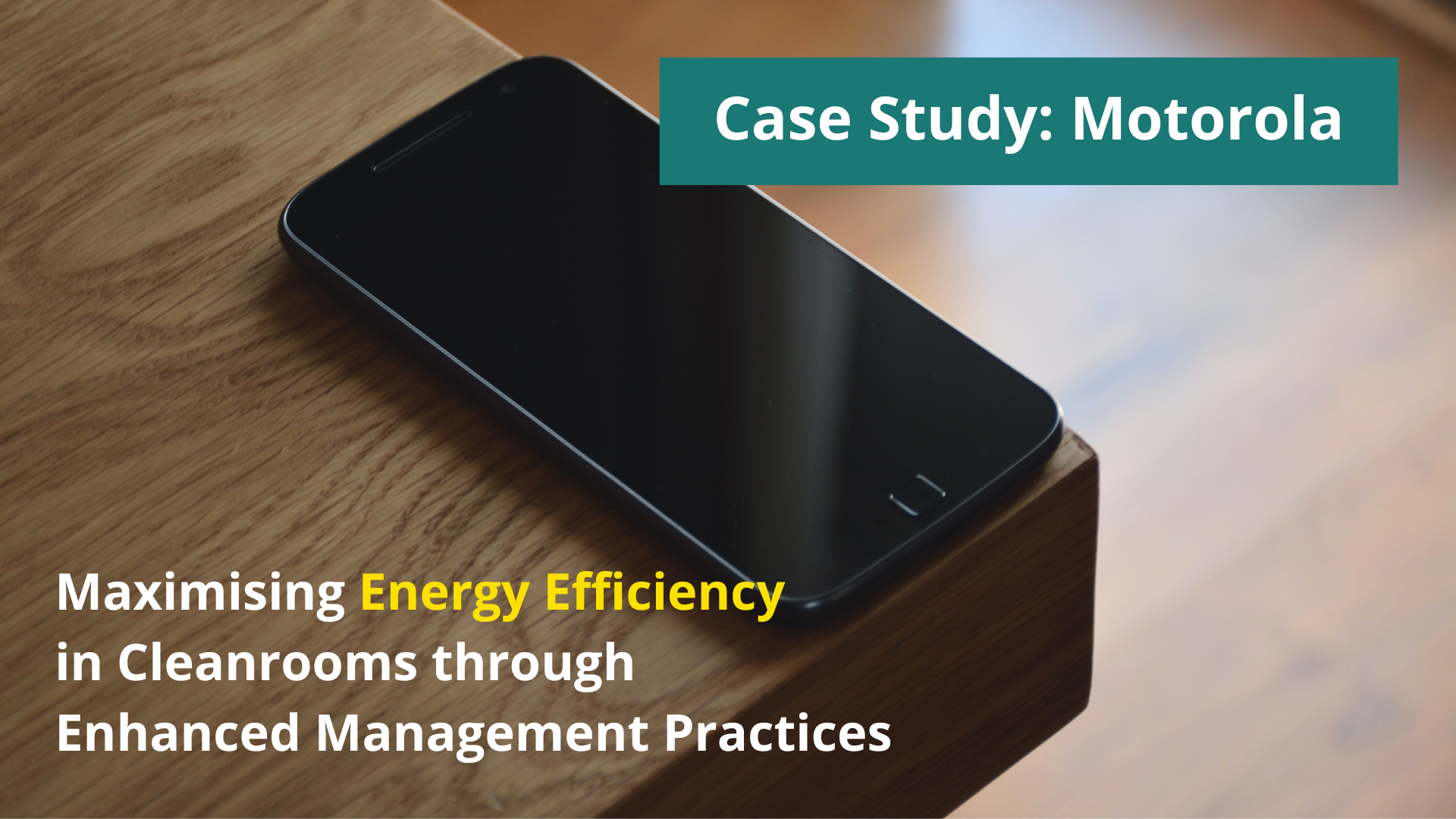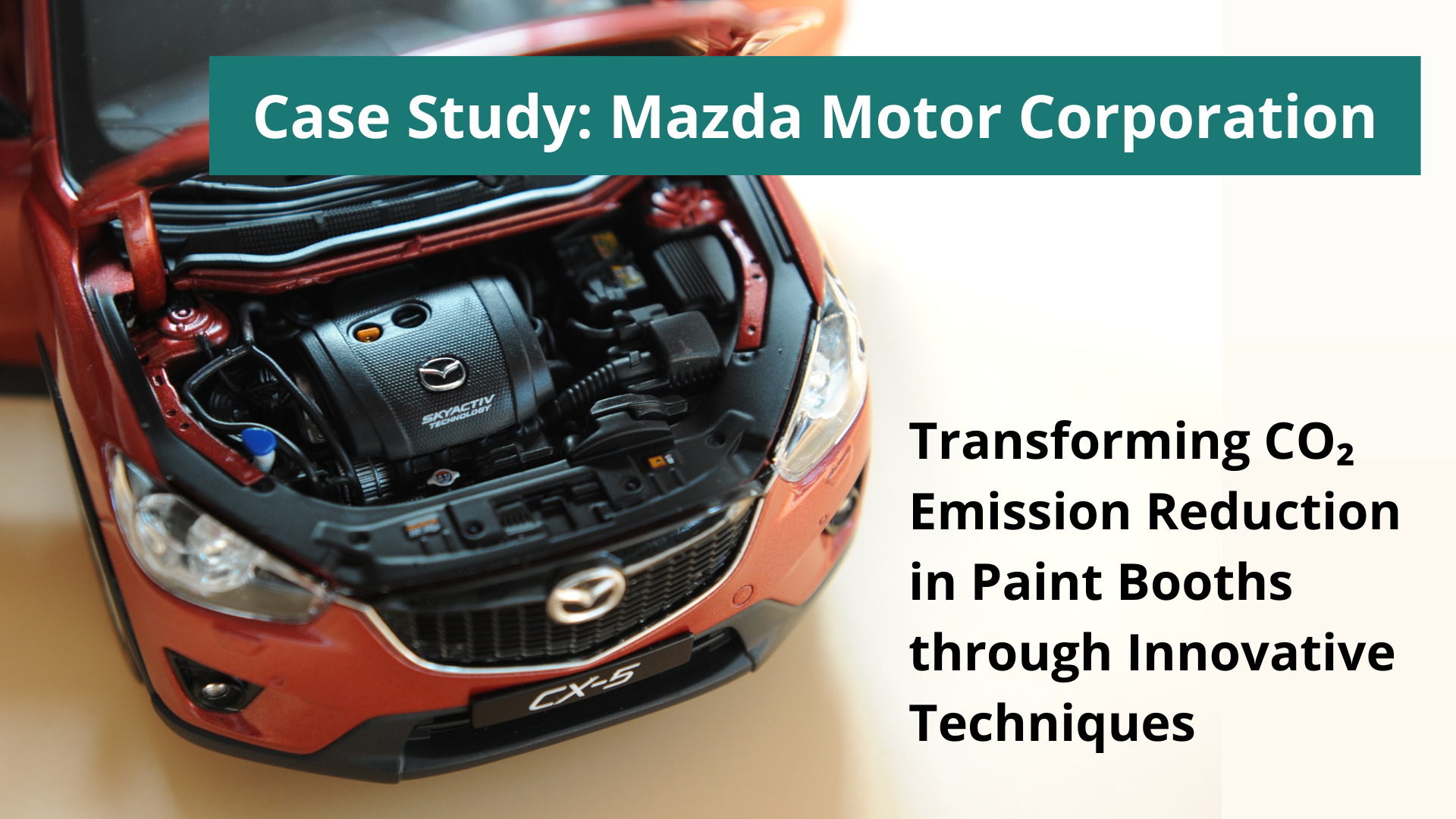
Tom Hangers is garment hangers manufacturer that has successfully embraced a circular business model to close the materials loop of their products. This innovative approach has allowed the company to reach numerous benefits while contributing to environmental sustainability. By adopting a closed loop process, they has not only reduced costs but also established stronger relationships with major retailers and garment suppliers.
Case Study: Tom Hangers
Best Environmental Management Practice
Tom Hangers’ closed loop process involves the re-use of garment hangers, extending their lifespan beyond a single use. When partnering with a new client, the company develops a new garment hanger solution using virgin materials.
Manufacturers purchase these hangers and deploy them before shipping their products. Retailers then collect the hangers during the purchase process and send them back to distribution centres. The hangers are subsequently sorted, repackaged, and redistributed to garment-producing regions. In cases where hangers cannot be re-used, they are shredded and used to create new products.
Environmental Aspects Affected
The adoption of Tom Hangers’ closed loop process has a positive impact on several environmental aspects. By re-using garment hangers, the company significantly reduces waste and the need for new materials. This approach minimises the consumption of resources, energy, and water required for manufacturing new hangers. Additionally, the reduction in waste generation contributes to lower landfill volumes and decreases the associated environmental impact.
Rationale / Economics
The transition to a closed loop system has proven to be economically beneficial. By relying on re-use, the company has become less dependent on fluctuating oil prices, which are crucial for the production of plastic components. This has enabled to maintain competitiveness in the market while fostering improved relationships with clients. Moreover, the company collaborates with injection moulding production facilities rather than owning factories and equipment themselves, resulting in cost savings and increased operational efficiency.
Tom Hangers’ successful adoption of a circular business model sets an example for sustainable practices in the garment hangers industry. By closing the materials loop and promoting re-use, the company has achieved significant cost savings, enhanced client relationships, and reduced environmental impact. Their commitment to environmental stewardship and economic viability may serve as an inspiration for other manufacturers seeking to embrace sustainable practices in their operations.
Download Free Guide on Best Environemntal Management practices in Fabricated Metal Product Manufacturing Industry that will help you to save on costs and be more eco-friendly.
If you would like to achieve benefits and integrate your business processes with the best environmental practices through the implementation of the Environemntal Management System according to ISO 14001 – visit www.iso14001in14weeks.co.uk – I will be happy to help!

Ph.D. Beata Paliwoda
Founder and Owner of EQM. Environmental and quality consultant and auditor. Professional career built in Quality Assurance departments in various companies from the automotive, aerospace, railway industries, as well as a management systems consultant. Successfully completed many complex projects related to the implementation of management systems, process improvements and business transformation. Auditor of ISO 9001, ISO 14001, AS 9100, project manager of APM, lecturer at the Poznan University of Business and Economics, researcher on the effectiveness of EMS and QMS in organisations.
Sources
- European Commission, Best Environemntal Management Practices for Fabricated Metal Product Manufacturing, EUR 30025 EN, 2020, doi:10.2760/894966
- Braiform, 2015, CSR, available online at: http://www.braiform.com/en-gb/about-us/corporate-social-responsibility/
- Tom Hangers, https://www.tamhangers.com/about
Disclaimer
The purpose of this blog post is to promote best environmental management practices and showcase a real-life example of sustainable initiatives. The information provided is based on available sources and is intended for general informational purposes only. The author does not assume any liability for the actions or decisions made by other organisations or individuals based on the content of this blog post. The author also does not claim to have been directly involved in the implementation of the described practices within the specific company mentioned.






